If you want to get the most out of your spin bike workouts, it’s important to understand how to measure resistance. Resistance is a critical component of an effective spin workout. It determines how hard you need to work to turn the pedals and ultimately impacts the intensity of your ride. In this blog post, I’ll discuss how to measure the resistance on a spin bike to get the most out of your workouts and achieve your fitness goals. So, whether you’re an experienced spinner or a beginner, read on to learn more about measuring resistance on a spin bike.
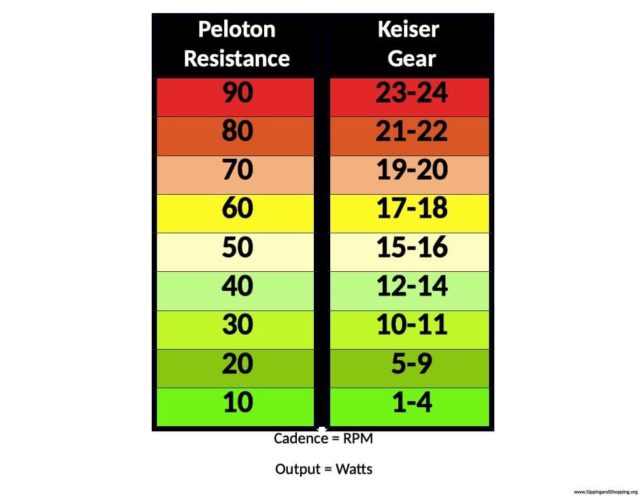
How to Measure Resistance On Spin Bike?
When measuring resistance on a spin bike, there are a few methods to consider. First, it’s important to understand the role of the resistance knob and how it affects your effort on the bike. An effort scale of 1-10 can help you gauge your resistance during your ride. Additionally, some spin bikes offer a dial that visually represents your resistance level.
To estimate resistance output in watts, you can use a formula that factors in your weight and the RPM of your pedals. While coaching resistance on a spin bike can be subjective, understanding the role of pressure and padding can help you achieve the desired level of intensity. Lastly, the cost and type of resistance (friction or magnet) may vary across different spin bikes. Overall, it’s important to experiment and find what works best for your fitness goals and preferences.

1. Understanding Resistance on a Spin Bike
To get the most out of your spin bike workout, understanding resistance is important. Resistance on a spin bike refers to the difficulty you experience when pedaling. The higher the resistance, the harder it is to pedal. Most spin bikes measure the resistance on a scale of 1-100, with one being the easiest and 100 being the most difficult.
The resistance knob plays a crucial role in adjusting the resistance level. It allows you to make the pedaling more difficult or easier to match your desired workout intensity. By getting a feel for the resistance, you can use your effort level on a scale of 1-10 to gauge how hard you’re working. Now that you understand the basics of resistance on a spin bike let’s dive into how to measure it effectively.
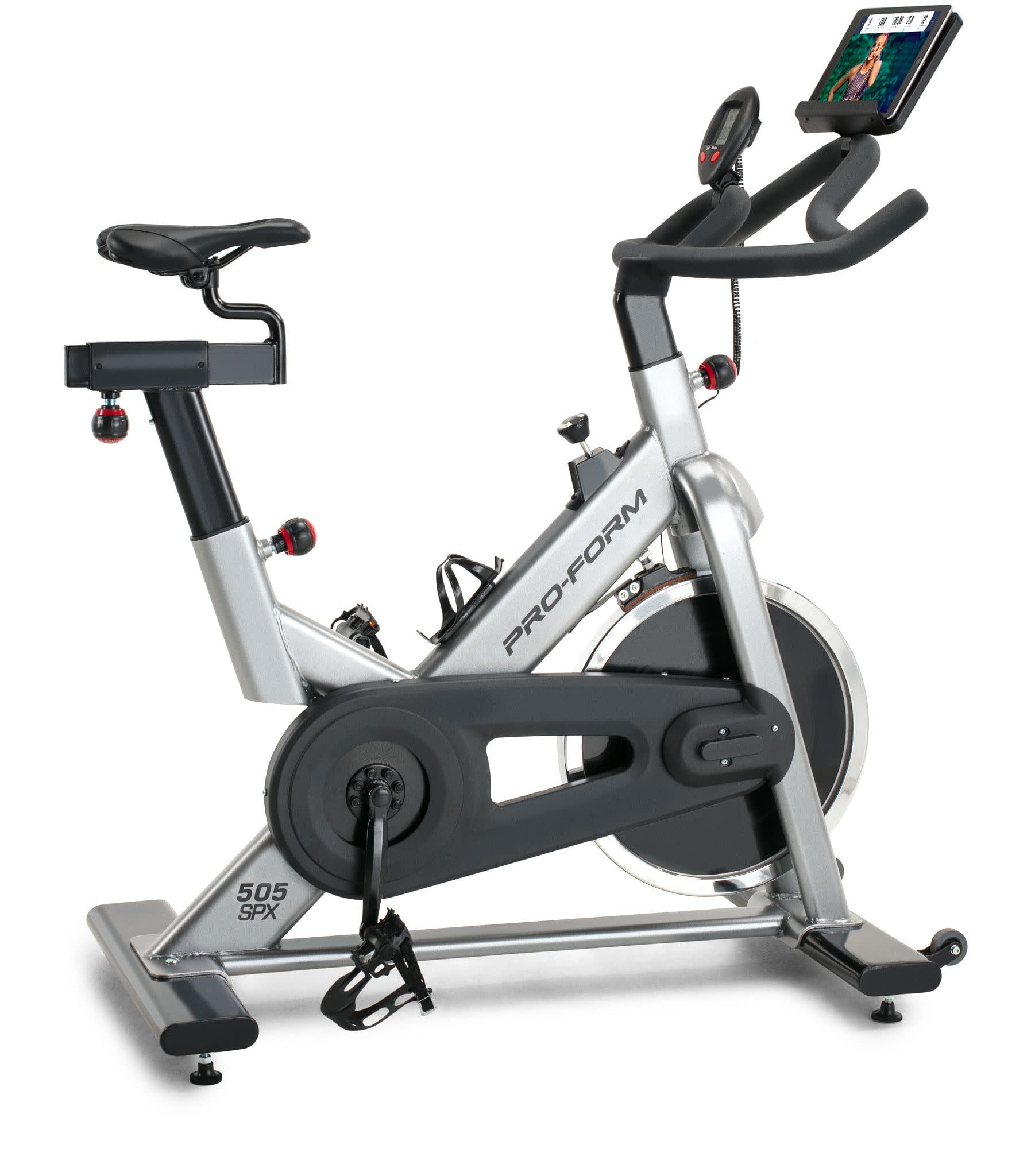
2. The Role of the Resistance Knob
As I mentioned earlier, the resistance knob plays a crucial role in controlling the intensity of your workout on a spin bike. Turning the knob clockwise allows you to adjust the resistance and make the wheel feel heavier. This increases the effort required to pedal, making your muscles work harder and burn more calories.
However, setting the resistance too high can put undue strain on your joints and muscles. Therefore, finding a comfortable resistance level that challenges you but doesn’t feel impossible to pedal against is important. The good news is that many spin bikes have an effort scale that shows you how much resistance you’re adding with each turn of the knob, making it easier to track your progress and set attainable workout goals.

3. Effort Scale on a Spin Bike
When measuring intensity on a spin bike, the Effort Scale is a useful tool. This scale is based on your perception of how difficult the exercise feels. It ranges from 1 (easy) to 10 (extremely difficult), and it can help you adjust the resistance knob to find the exact level of intensity that’s right for you.
Using the Effort Scale, you can tailor your workout to your fitness level and goals and avoid overexertion or injury. So don’t be afraid to experiment with different resistance levels and check in with your perceived exertion – it’s a helpful way to stay on track and progress in your spin workouts.
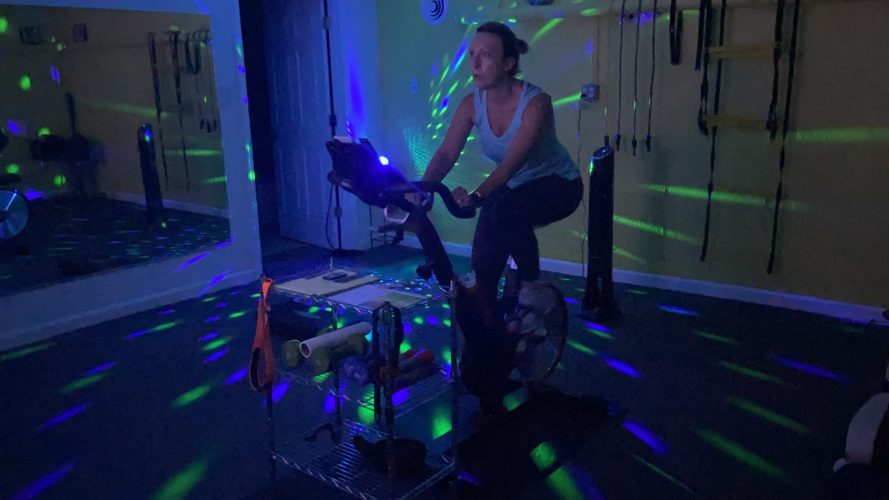
4. Estimating Resistance Output in Watts
Now that we’ve covered the basics of resistance on a spin bike let’s talk about estimating your resistance output in watts. This can be a useful metric to track your progress and challenge yourself during rides. One way to estimate your watts is using a table correlating resistance level and cadence with power output.
You can also use averages based on your speed, with 75 watts at 12.5 mph and 180 watts at 17.2 mph. Remember that these are just estimates and may not be accurate for everyone. If you want more precise measurements, consider investing in a power meter for your bike. Overall, the most important thing is to use resistance to challenge yourself and improve your fitness level.
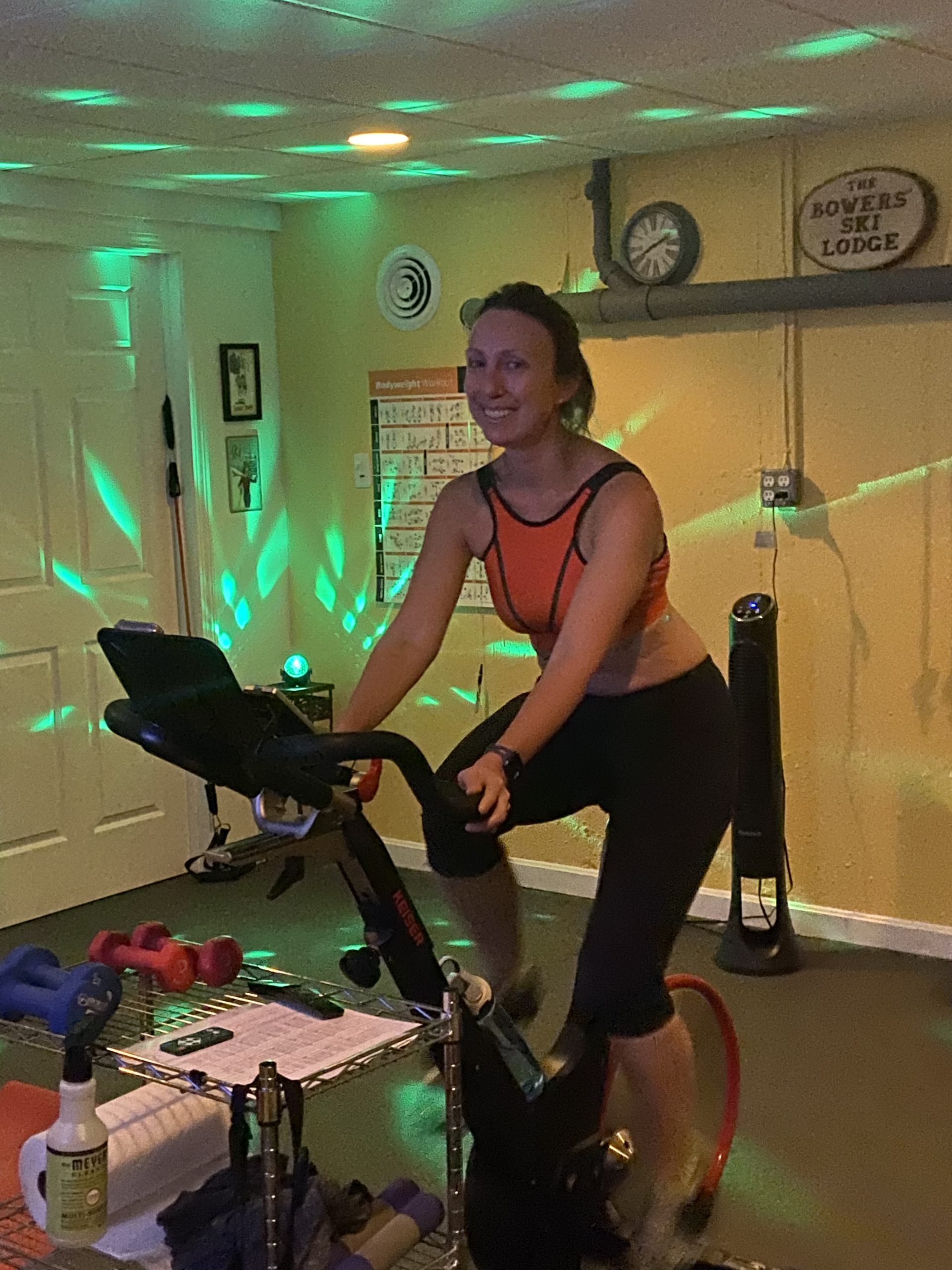
5. Visualizing Resistance with the Dial
When measuring resistance on a spin bike, one of the most helpful tools is the Dial. As I mentioned earlier, the resistance knob controls the difficulty level on your bike. Turning the knob to the right increases resistance, making your ride more challenging.
As you turn the knob, keep an eye on the Dial. This will give you a visual representation of the level of difficulty you’re experiencing. The Dial may be numbered or simply show you where you fall on a scale from easy to hard. This can be a helpful way to track your progress over time and push yourself to reach new fitness levels.

6. Measuring Resistance on Peloton Bike and App
Now, let’s discuss measuring resistance on the Peloton bike and app. As mentioned earlier, Peloton has 100 levels of resistance, making it a standout in the world of spin bikes. The bike’s screen displays your resistance level, allowing you to easily track your progress and adjust your workout accordingly.
If you’re using the Peloton app with a different spin bike, don’t worry – there are conversion charts available that can help you determine the appropriate resistance level. The app also includes coaching to guide you through adjusting your resistance throughout the workout. Overall, measuring resistance on the Peloton bike and app is straightforward and helps to make your workout more effective.

7. Coaching Resistance on a Spin Bike
Coaching Resistance on a Spin Bike is crucial to any spin class. As an instructor, I always encourage my riders to start at a moderate level and ramp up their resistance throughout the class. It’s important to remind them not to push themselves too far beyond their limits but also to challenge themselves enough to feel the burn.
As we progress through the class, I coach my riders on proper form and technique to ensure they get the most out of their workout. By constantly reminding them to engage their core and use proper breathing techniques, I help them power through the toughest parts of the class. And as we near the end, I always encourage my riders to give that extra push and finish strong. Coaching Resistance on a Spin Bike helps riders achieve their fitness goals and motivates and inspires them to push beyond what they thought was possible.

8. The Role of Pressure and Padding
Regarding spin bike workouts, the role of pressure and padding cannot be overstated. As I cycle through my routine, I often find myself adjusting my seat and handlebars to achieve optimal comfort and support. The wide cushioned seat on my bike helps to reduce pressure on my buttocks, while the padding on the handlebars ensures a better grip and minimizes strain on my hands.
However, I also need to balance this with the right amount of resistance, which helps me to build strength and endurance. By using the resistance knob, I can customize my workout to achieve my goals. Overall, understanding the importance of pressure and padding has helped me to get the most out of every spin bike session.
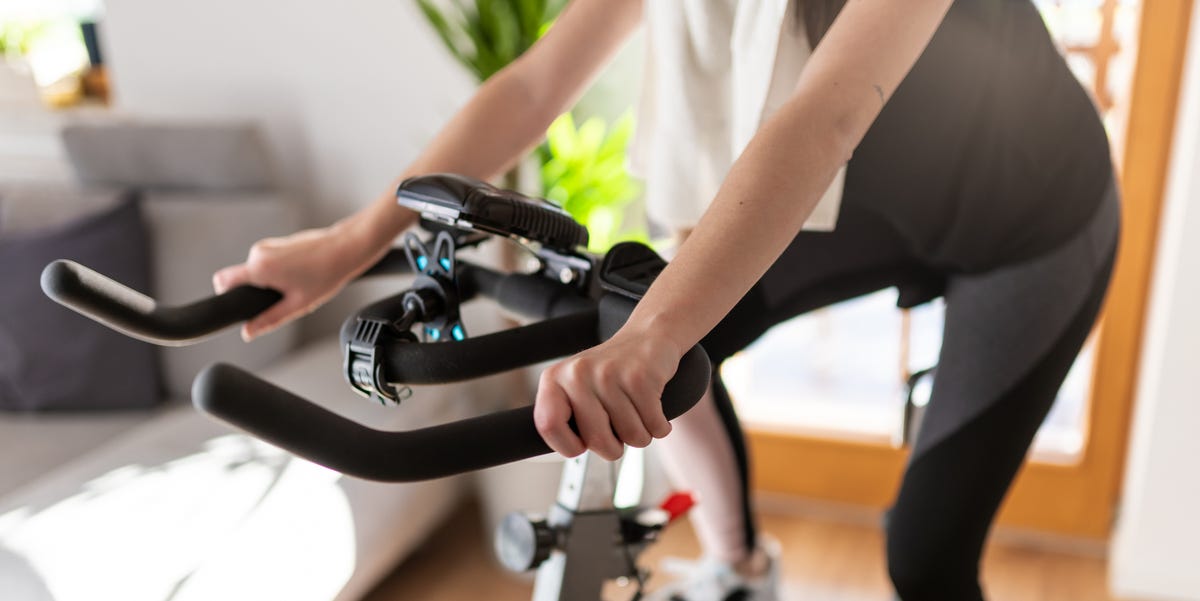
9. Optimal Cadence for Spinning
Now that you understand how to measure the resistance on a spin bike let’s talk about the optimal cadence for spinning. Research shows that the ideal cadence is around 60 RPM for metabolic efficiency. This may feel slow compared to what you’re used to, but it’s important to focus on pedal stroke quality over speed.
Gradually increase your cadence or resistance on the bike to challenge yourself and improve your fitness. Remember to listen to your body and adjust as necessary. You can improve your endurance and overall cycling performance by incorporating an optimal cadence into your spin workouts.

10. Cost and Types of Resistance on Spin Bikes
When finding the right spin bike, cost and types of resistance are important factors to consider. Resistance can come from friction, magnetic force, or even airflow. The cost of a spin bike can vary greatly, with some models being more affordable while others can get quite expensive.
But don’t let the price tag be the only determining factor – make sure you also consider the type of resistance the bike provides. Some people prefer the feel of a fan bike, while others may opt for a more traditional flywheel. Finding the right spin bike with the right resistance can make all the difference in your workout.
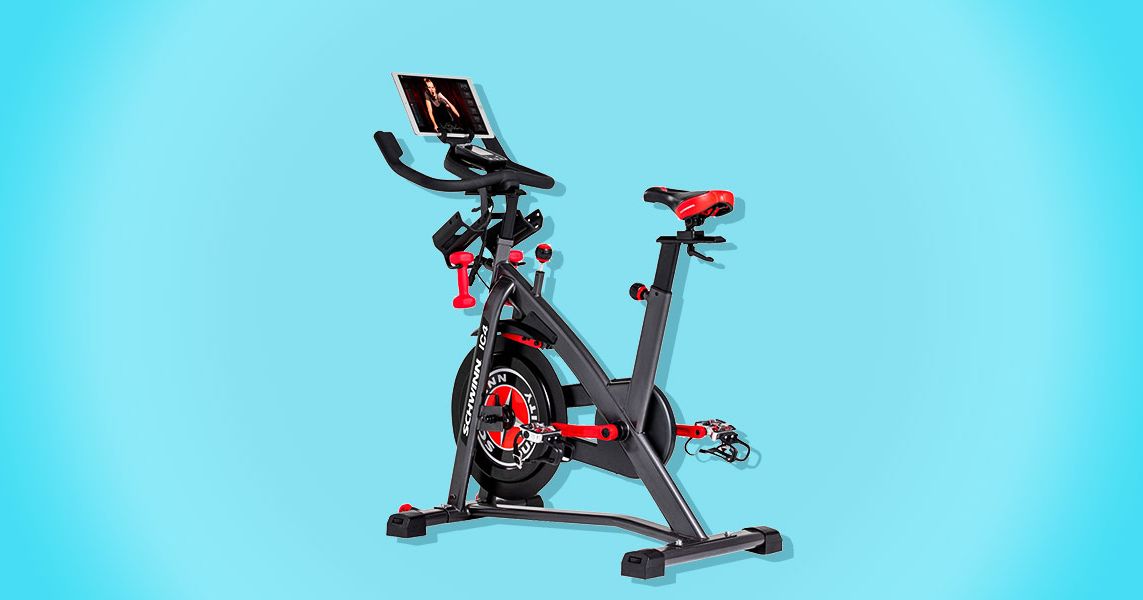
Do spin bikes show resistance?
Yes, spin bikes do show resistance. There are various ways to measure it, like visualizing it with the Dial or estimating it in watts. Most spin bikes have a resistance knob that you can adjust to increase or decrease the pressure on the flywheel, affecting the resistance level.
Some spin bikes have digital displays that show the resistance level, while others may have a chart or scale that you can use to estimate it. Understanding and utilizing the resistance feature on your spin bike can greatly enhance your workout and help you achieve your fitness goals. So, if you’re new to spinning, familiarize yourself with your bike’s resistance controls and experiment with different levels to find your sweet spot.
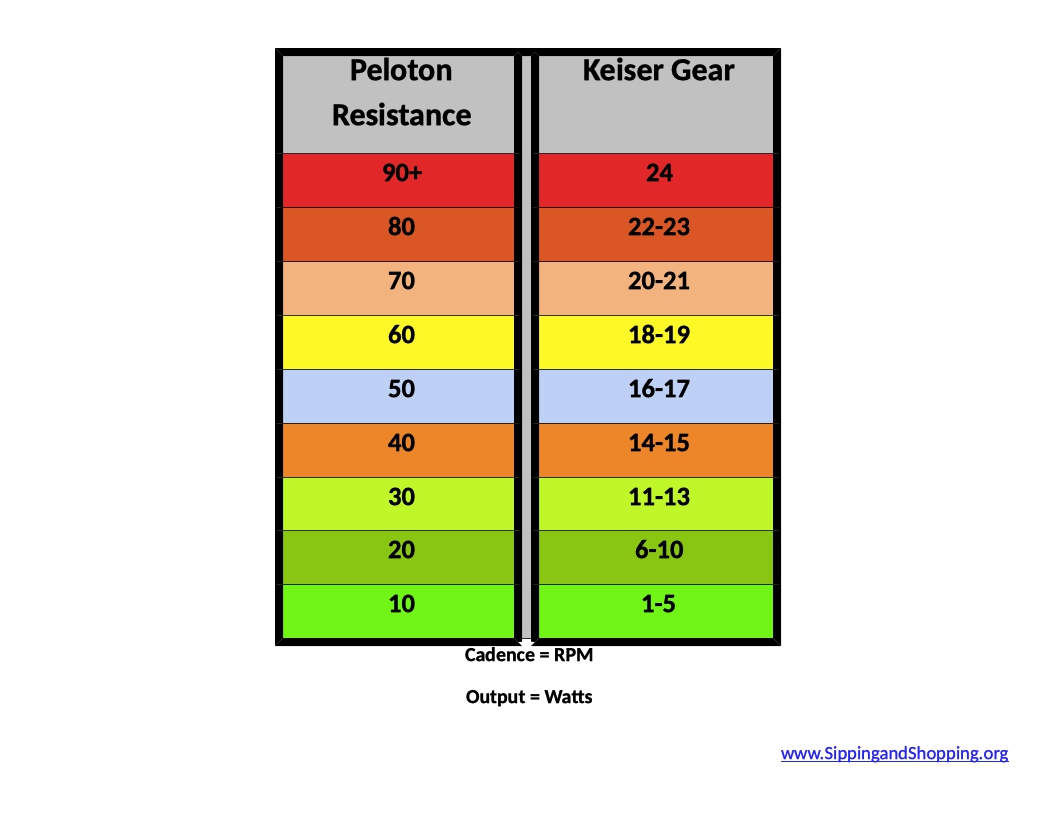
What is the resistance level in an exercise bikes?
So, what exactly is the resistance level in an exercise bike? Simply put, it’s difficulty or intensity at which you exercise on a spin bike. Resistance can be adjusted using a knob or button, affecting how your body works. The higher the resistance, the harder you have to work on pedaling and the more energy you expend.
On some spin bikes, resistance is measured in watts, which is an estimation of power output. Understanding what resistance level means and how to adjust it can help you get the most out of your spinning workout. With the right resistance level, you can challenge yourself, build endurance, and achieve your fitness goals.

How do you use resistance on a spin bike?
When using resistance on a spin bike, there are a few things to keep in mind. First, the resistance knob is your key tool for adjusting the intensity of your workout. Turning the knob to the right will make the wheel feel heavier while turning it to the left will make it feel lighter. Dialing in the right amount of resistance for your fitness goals and personal comfort level is important.
You can use the effort scale of 1-10 to guide you in this process, with one being the easiest and ten being the most challenging. It’s also possible to estimate your resistance output in watts, giving you a more precise measure of your effort. Additionally, many spin bikes display a real-time display showing the resistance level. With practice, you’ll learn to adjust the resistance on your spin bike to optimize your workout and achieve your fitness goals.

Final Verdict
After exploring the nuances of resistance on a spin bike, I can confidently say that it is a crucial factor in a successful workout routine. Whether using a Peloton bike, another type of spin bike, or a cheaper exercise bike, adjusting the resistance knob can help you reach your fitness goals faster by providing a challenging and effective workout.
By understanding and utilizing the effort scale, estimating resistance output in watts, visualizing resistance with the Dial, and optimizing your cadence, you can tailor your workout to your fitness level and push yourself to new heights. The cost and type of resistance on spin bikes should also be considered, as they can vary greatly depending on your budget and specific needs. Incorporating resistance training into your spin bike regimen can offer the benefits of an outdoor bicycle in the comfort of your home.